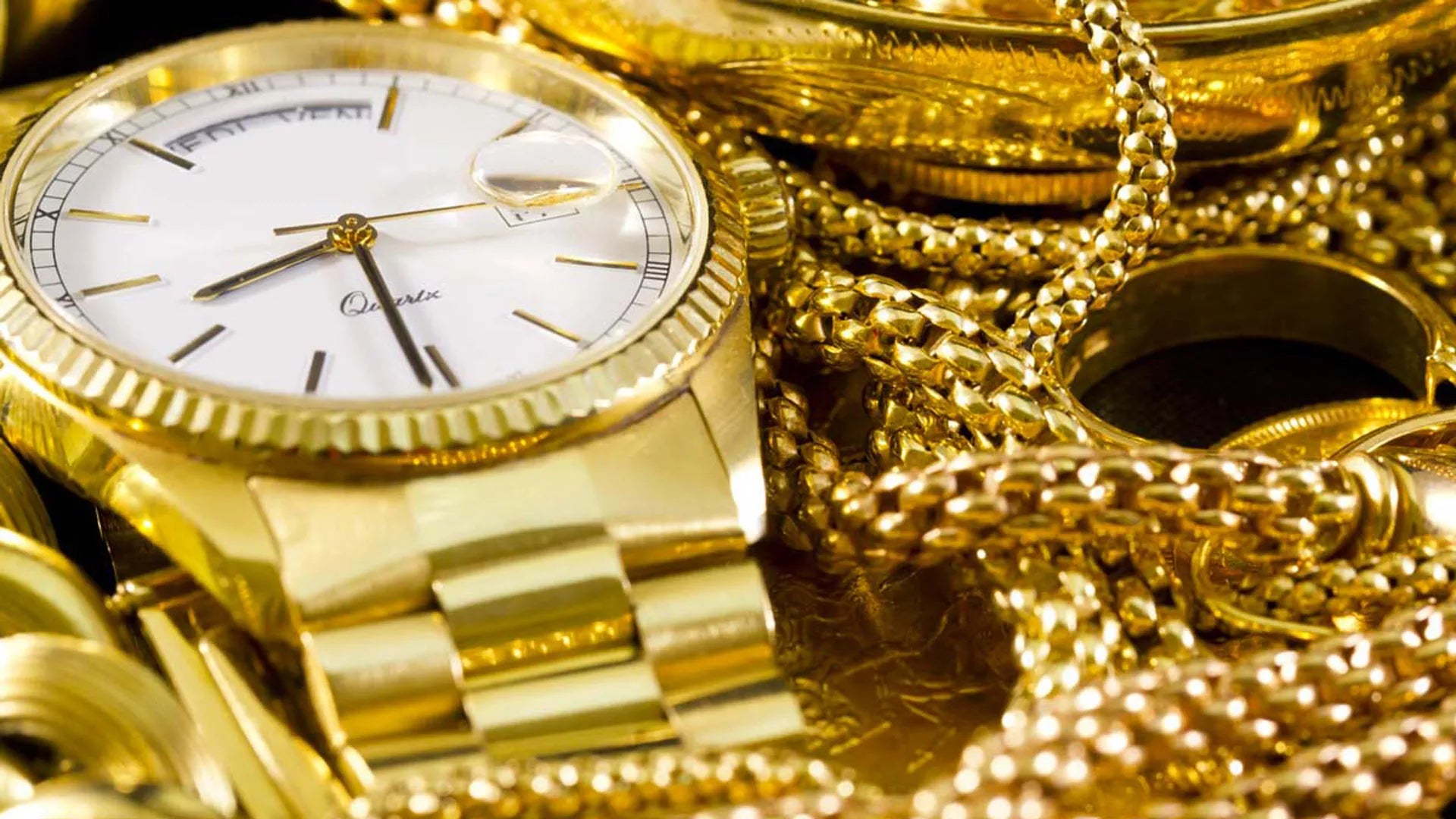Directly inspired by the principles of Arts and Crafts is the Art Nouveau culture that was born in France in the same years.
In the Liberty period , even the object of everyday use was first and foremost an ornament as the aesthetic value is not reserved for the decorations, but becomes one with the function; and the intelligent and sensitive respect for the function constitutes the expressive strength of the decorations themselves and eliminates their gratuitousness.
Even more so, in the field of jewellery, the value of creation was no longer linked to the preciousness of the material, but to stylistic innovation. Nature and life became the new sources of inspiration for art: insects, flowers, which had always been relegated to the field of science, became the new iconic motifs. Fluid and sinuous lines animated any expression of figurative and decorative art, as each object, belonging to everyday reality, had to reflect the taste of the new era. The widespread interest at the time in oriental cultures had marked the shapes of the jewels with a strong stylisation, like three-dimensional silhouettes . Mother of pearl, opalescent glass, shells, ivory, combined with the liquid and brilliant colors of enamel they were the new precious materials.
The greatest goldsmiths representing the Art Nouveau style were the French.
René Lalique (1860-1945) is the one who transformed the jewel from a bearer of mere decorative values to an instrument of stylistic diffusion, a sign of the creative genius that had created it. His pieces were mainly made of non-precious materials such as horn and glass .
Following the example of Ashbee's Guild of Handicraft , Joseph Hoffmann (1870-1956) and Kolo Moser, together with the industrialist Fritz Waerndorfer, founded the Wiener Werkstätte (Viennese Workshops) in 1903 in Vienna. In 1905 Carl Otto Czeschka (1878-1960) collaborated with the Wieners , providing designs for jewelery based on plant and animal decorative motifs. The activities of the workshops definitively ceased in 1932.




 Progetto di Marketing Strategico per lo sviluppo del canale di vendita online BtoC.
Progetto di Marketing Strategico per lo sviluppo del canale di vendita online BtoC.